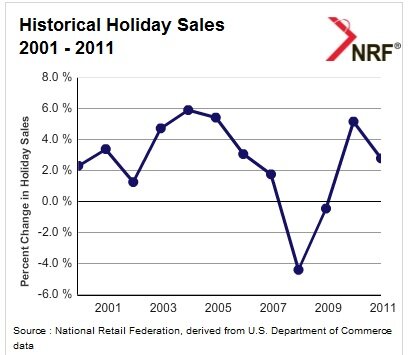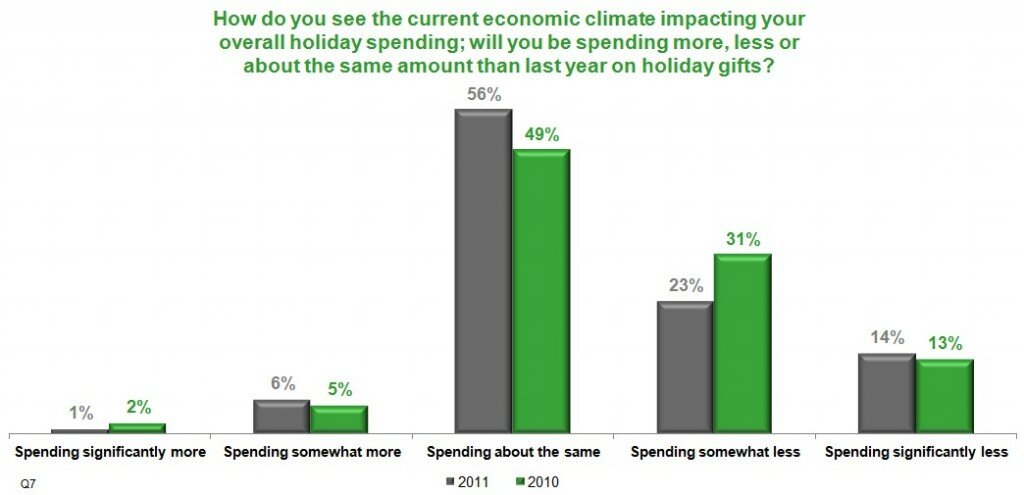3 Tactics for Boosting Facebook Page “Likes”
October 31, 2011 Leave a Comment
With the total number of users surpassing 800 million, Facebook is now an essential component of merchants’ sales and marketing arsenal. More and more brands are setting up outposts on Facebook pages; by one estimate, fully 80% of Internet Retailer’s Top 500 merchants use the site to reach customers and potential shoppers.
Of course, just having a Facebook page is only the first step. To truly integrate with shoppers’ Facebook browsing habits, merchants must convince shoppers not only to visit their pages, but to “Like” them – thereby enabling merchant updates to flow onto the shopper’s Facebook home page.
With so many individuals, brands and organizations hopping on the Facebook bandwagon, it’s crucial to offer a compelling “Like” proposition so your brand stands out above the fray. Consider these three tactics for attracting more “Likes” for your Facebook page:
1) Offer exclusive savings, immediately. While plenty of Facebook promotions promise shoppers that if they “like” a page, they’ll receive the latest news and up-to-the-minute notices of sales that are also promoted elsewhere, fewer brands promise exclusive savings solely for Facebook fans – and fewer still reward a “like” on the spot with a targeted offer. Beauty outlet Sephora messages its Facebook exclusives with a landing page touting “Fan Fridays,” when followers receive an exclusive discount code. After clicking “like,” the latest discount code is revealed on the same page.


2) Put a spotlight on fans with community. Give potential brand followers incentive to “like” the page by putting them front and center. In addition to broadcasted messages about new products and upcoming events, use status updates to ask followers questions and institute polls to encourage feedback. Mega-merchant Zappos.com instantly communicates the central role brand followers play on the page with its “Fan of the Week” promotion, whereby each week a photo of a follower with a Zappos box is featured as the brand’s main profile picture. Visitors to the landing page see the profile picture featuring the latest spotlighted fan, as well as an invitation to engage in a “like-like relationship” – verbiage that puts followers on an equal footing with the brand.


Followers that view the Zappos Wall see a bevy of posts inviting participation. A challenge to pair shoes with a dress is followed a few hours later by the name of the winning entrant, who received both products for free as the prize; while a third post invites followers to fill in the blank – a post that drew 226 responses.

3) Promote the page to brand followers in other channels. When it comes to building a Facebook following, you don’t have to start from scratch. Chances are your brand had a cohort of engaged shoppers before Facebook even existed – in the form of email subscribers, repeat customers and longtime catalog browsers. Reach out to them now if you haven’t already with an invitation to join the community on Facebook, too.
eBags sent a Facebook invitation to email subscribers promising an instant discount for “liking” the page. The urgent timeline of a one-day opportunity for savings prompts shoppers to act immediately on the message. Clicking the email delivers shoppers to a coupon, also good for just one day, for 25% off and free shipping – a powerful incentive to purchase.


What tactics have you found successful to drive Facebook page “likes”?








 Adding to earlier tepid forecasts for the upcoming 2011 holiday season, the National Retail Federation earlier this month predicted that holiday spending would increase 2.8% in November and December. That’s a drop from last year’s holiday sales growth of 5.6%, but still slightly above the 10-year average of 2.6%,
Adding to earlier tepid forecasts for the upcoming 2011 holiday season, the National Retail Federation earlier this month predicted that holiday spending would increase 2.8% in November and December. That’s a drop from last year’s holiday sales growth of 5.6%, but still slightly above the 10-year average of 2.6%, 











 Nordstrom proves that personalization doesn’t have to rely on elaborate technology – shoppers can select to receive email about women’s or men’s clothes or deals from discount outlet Nordstrom Rack upon signup, at right — a choice the welcome email confirms with its graphic of a silhouetted stylish woman. The welcome email conveys Nordstrom’s emphasis on service, with links to live chat, in-store pickup and personal stylist services.
Nordstrom proves that personalization doesn’t have to rely on elaborate technology – shoppers can select to receive email about women’s or men’s clothes or deals from discount outlet Nordstrom Rack upon signup, at right — a choice the welcome email confirms with its graphic of a silhouetted stylish woman. The welcome email conveys Nordstrom’s emphasis on service, with links to live chat, in-store pickup and personal stylist services.







 registration spell out the reasons shoppers should sign up. At right, IDWholesaler calls attention to the convenience factor for its B2B audience, citing easy order tracking and reorder options as well as price discounts.
registration spell out the reasons shoppers should sign up. At right, IDWholesaler calls attention to the convenience factor for its B2B audience, citing easy order tracking and reorder options as well as price discounts.





 Segmentation. With its “Circles” concept, individuals (and, eventually, brands) can classify connections using custom categories of the user’s choosing. You can add people to circles without establishing a mutual connection — much as you can follow Twitter users without knowing them — and like Facebook’s Groups feature, you can post updates and information to indivdiual Circles. For merchants, the opportunity to segment individuals into circles and present targeted promotions will be a real boon.
Segmentation. With its “Circles” concept, individuals (and, eventually, brands) can classify connections using custom categories of the user’s choosing. You can add people to circles without establishing a mutual connection — much as you can follow Twitter users without knowing them — and like Facebook’s Groups feature, you can post updates and information to indivdiual Circles. For merchants, the opportunity to segment individuals into circles and present targeted promotions will be a real boon.
Connect with us: